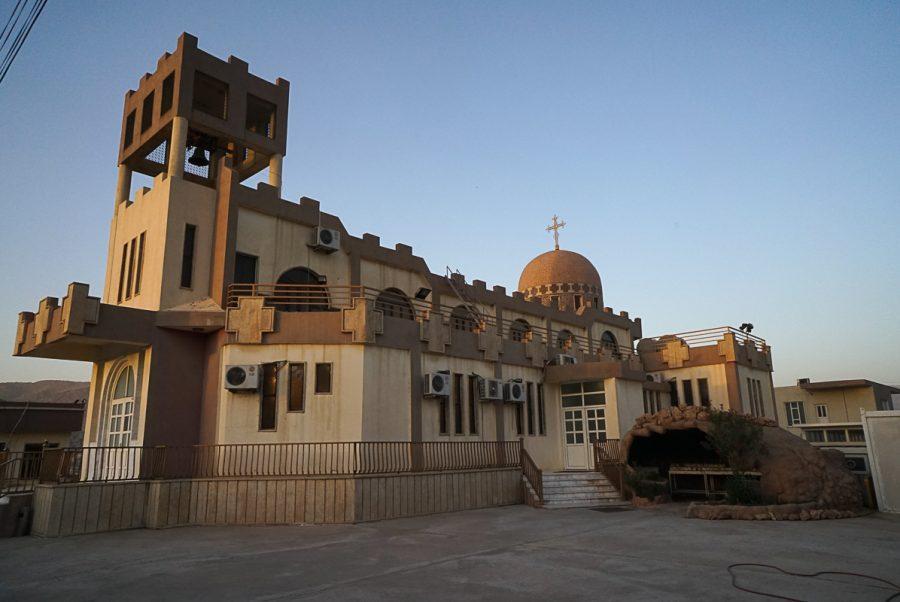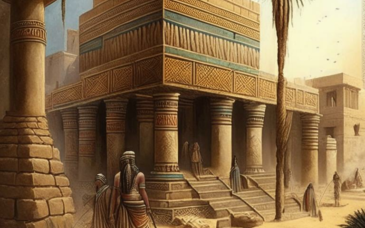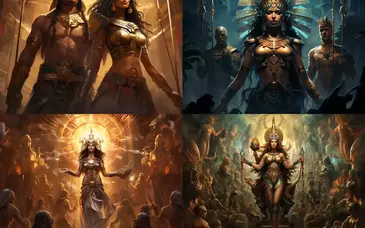The Assyrian Church of the East sometimes called Church of the East officially the Apostolic Catholic Assyrian Church of the East is an Eastern Christian church that follows the traditional Christology and ecclesiology of the historical Church of the East. It belongs to the eastern branch of Syriac Christianity, and employs the Divine Liturgy of Saints Addai and Mari belonging to the East Syriac Rite. Its main liturgical language is Classical Syriac, a dialect of Eastern Aramaic, and the majority of its adherents are ethnic Assyrians.


Keep your church, school, or youth center smoke-free with a reliable vape detector. Protect your community by promoting a healthy and respectful environment.





